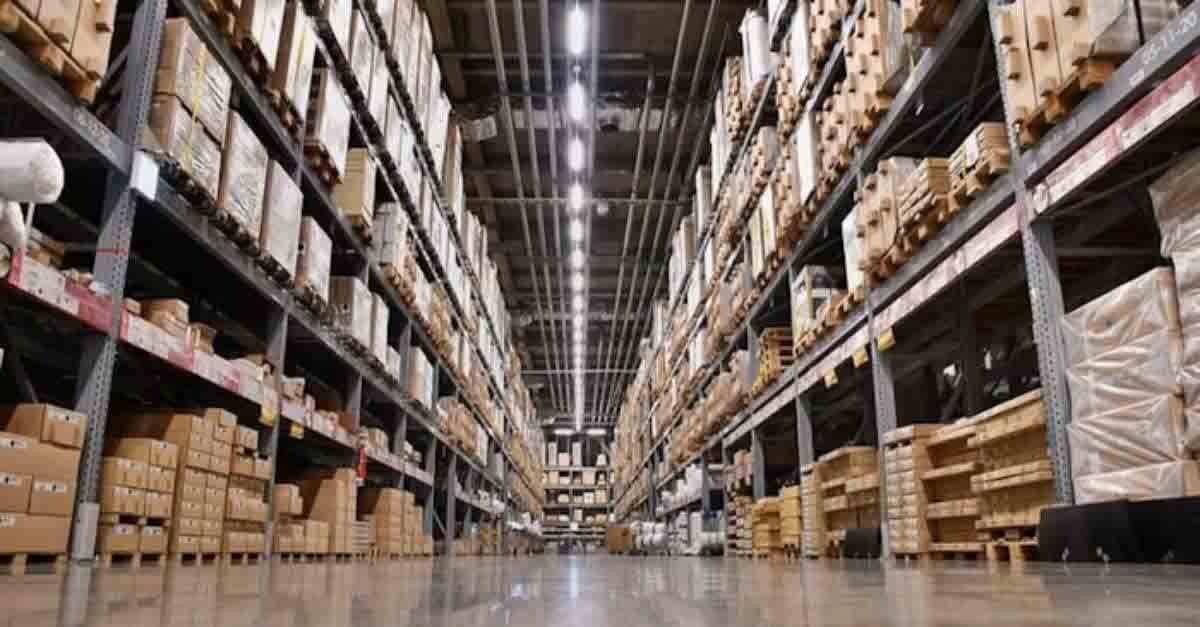
CMMS, EAM, Who Cares?
In many ways, the "CMMS vs EAM" distinction has become outdated and misleading. Here's what you should really focus on when choosing an asset ...
Solutions
Workplace Management Solutions
Real Estate Management Solutions
Maintenance Management Solutions
Energy Management Solutions
Engineering Document Management Solutions
Asset Management Solutions
Automate campus scheduling for classes, meetings, and exams with our EMS software.
Plan and manage conferences effortlessly with EMS software to impress guests and streamline operations.
Boost workplace flexibility and maximize space use with seamless desk and room booking.
Organize workplace or campus events smoothly, creating memorable experiences.
Optimize workspace, manage allocations efficiently, and reduce costs with our space management solutions.
Deliver projects on time and within budget by improving communication, collaboration, and efficiency with our software.
Streamline lease accounting for ASC 842, IFRS, and GASB compliance.
Manage leases efficiently by tracking key dates, analyzing costs, and ensuring compliance.
Centralize data and analytics for better insights, faster negotiations, and revenue growth.
Centralize facility and asset maintenance, automate work orders, and ensure compliance with our CMMS software.
Extend asset life, reduce downtime, and prevent costly repairs with data-driven monitoring.
Prevent equipment failures and extend asset life by detecting and addressing issues early.
Make sustainable, cost-efficient energy decisions by monitoring and optimizing power consumption.
Remotely monitor and control equipment with real-time data to predict issues, boost efficiency, and reduce downtime.
Easily share and collaborate on documents, creating a single source of truth for engineers and contractors.
Manage and analyze assets across their lifecycle to schedule maintenance, reduce downtime, and extend lifespan.
Improve visibility, automate work orders, and ensure compliance for efficient facility and asset management.
Resources
Browse our full library of resources all in one place, including webinars, whitepapers, podcast episodes, and more.
Support
Looking for access to technical support, best practices, helpful videos, or training tools? You’ve come to the right place.
About Accruent
Get the latest information on Accruent, our solutions, events, and the company at large.

Learn how as as more customers become omni-channel consumers, it has become paramount for retailers to create seamless shopping experiences across channels.
Large retailers, such as Macy’s, have implemented sophisticated inventory and fulfillment systems to speed up delivery time and provide the option to buy online and pick up in-store, which can lead to additional purchases once the customer is in the store. For customers that are too far from a Macy’s store, the system can find the closest store and pay shipping across one or two zones as opposed to shipping across five zones from a central warehouse.
As more customers become omni-channel consumers—from storefronts to websites and mobile apps, it is become paramount for retailers to create a seamless shopping experience across channels. Previously online-only brands like Warby Parker and Bonobos have capitalized on this trend by opening storefronts in recent years. Warby Parker, which sells chic eyeglasses, has seen a considerable profit from opening eight stores in trendy neighborhoods across the states. The company’s co-founder and co-chief executive, Dave Gilboa, told the Wall Street Journal that the stores sell an average of $3,000 a square foot annually.
With omni-channel shopping evolving how consumers shop, retailers must not only adjust their sales strategy, but also their distribution methods. This could mean physical changes to their existing storefronts, such as dedicating more space to back stock. Others are partnering with third-party logistics providers (3PLs) to outsource their e-commerce fulfillment operations. This allows customers to pick up their orders from convenient locations like train stations, convenience stores and airports, according to "Four Retail Distribution Trends to Watch in 2015".
The shifting retail landscape continues to impact the physical landscape of storefronts, warehouses and distribution methods. Retailers must consider how to fully integrate their physical and virtual channels and consider more sophisticated supply chain management technology to meet consumer demands.
For further on how retailers are shifting distribution methods to meet the needs of customers, contact us today.
In many ways, the "CMMS vs EAM" distinction has become outdated and misleading. Here's what you should really focus on when choosing an asset ...
In this article, we will explore why CMMS and IoT integration has become pivotal for multi-site retail food refrigeration companies.
Accruent offers its third of seven tips to helping facilities management (FM) teams save time, costs and energy to become a strategic contributor.
Subscribe to stay up to date with our latest news, resources and best practices.
* To unsubscribe at any time, please use the “Unsubscribe” link included in the footer of our emails.